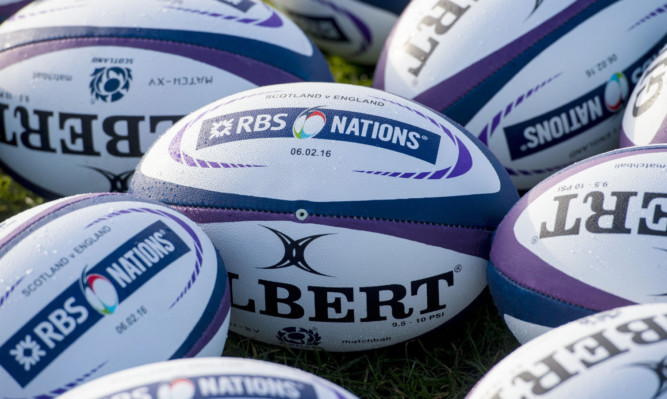“Expectation?” said Scotland’s head coach Vern Cotter as he unveiled his initial squad for the RBS 6 Nations the other week. “We are very careful in this country placing expectation on what we do.”
Are we? I can’t think of a single Six Nations season of the 20 I’ve covered where there hasn’t been optimism from most elements of the Scottish public about the team’s chances in the championship. Maybe 2004, when everyone thought we were headed for a whitewash and Matt Williams duly delivered.
Our national psyche is optimistic. Crushing disappointment has usually followed; 2015 was a case in point. After a brightish autumn Scotland were being tipped as a coming team, if still some way short of a first Six Nations title and the first in the championship since 1999.
The pessimist I call it realism reckoned in these columns they might only win one game. But in the end even I was optimistic; Scotland were whitewashed for the second time in three seasons.
Expectation, regardless of last year, is high again. To be fair, this time it has some solid foundation; in the hothouse of the World Cup, Scotland came closer than any Six Nations team to reaching the last four, and but for an unsighted referee may have got there.
In addition, there are elements to the team specifically front row, back row and scoring threat that are immeasurably better than they were 12 months ago.
Furthermore, four of the other Six Nations teams are in some degree of rebuild or even disarray. England and France have the resources to recover although I’d reckon England are far nearer to it than France but Italy are a mess again and Ireland are in bits with injuries.
Only Wales, led by that canny operator Warren Gatland, are wholly reliable. They’re just 3/1 with most bookies, largely as they have to play at Twickenham and in Dublin, but I’d make them favourites.
Scotland could quite easily end up with just one win this year, and it’s not beyond the bounds of imagination that they could make an utter mess of the Italy game (as they did last year).
I don’t believe the self-belief of the squad is that strong, and with Cardiff looming after the Calcutta Cup to open the championship this weekend, it’s certainly not a huge flight of fancy to imagine them staring down the barrel when they get to Rome on February 27.
But to be honest this year is one year where expectation is justified. I don’t think there are any viable excuses for Scotland not finishing this championship with less than three wins.
They have the foundation of a front row as good as anyone. They have potentially one of the best lineouts in the game. Restarts, the third setpiece, need some work I still shudder at the memory of the Samoa game in the World Cup and the fateful kick-off after Mark Bennett’s try in the quarter-final but it will have been worked on.
The contact area was already improving at the World Cup largely down the presence of the indefatigable John Hardie and the hiring of coach Richie Gray, who did sterling work there when employed by the Springboks, will only improve it.
Greig Laidlaw became a proper leader at the RWC. His boot will keep Scotland in close games, and his influence will be crucial. Finn Russell, although treading water a bit since the World Cup, still looks the future at 10.
Scotland have a few niggling injuries in the backs but should be able to call on a full complement soon after the Calcutta Cup.
Alex Dunbar and Duncan Taylor, who were not at the World Cup, add a physical edge and will improve a defence that averaged three tries conceded a game during 2015. There is gamebreaking pace with Bennett and in the back three, with a focused Stuart Hogg the leading cutting edge.
Although Scotland were whitewashed last year, they can still argue that they were outclassed only in the last game, when Ireland had all the incentive in the world and they had none. They could have beaten France and Wales and certainly should have beaten Italy.
It’s wouldn’t have taken a huge leap for that team to win three games. And they’ve improved and become more cohesive since then, so therefore it’s not unrealistic to expect them to win those sort of close games this year.
Put even more starkly; with the mess England and France were in and such a limited time for the new regimes to turn them around, with Ireland’s depleted manpower, Italy about to tear up the script again; there is no good reason why Scotland should not have their best Six Nations since 2006, if not their best ever.
Is that expectation too far, particularly with Scotland and Scottish teams’ recent habit of snatching defeat from down the throat of victory?
Not from where this perennial pessimist is standing.
